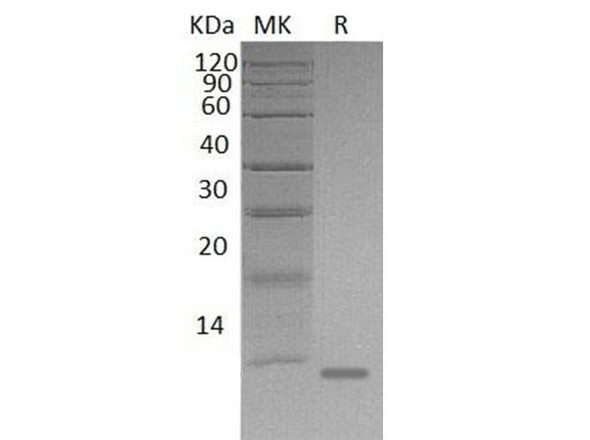Microbiology Recombinant Proteins
Pylori CagA Recombinant Protein (RPPB4160)
- SKU:
- RPPB4160
- Product Type:
- Recombinant Protein
- Species:
- Pylori
- Research Area:
- Microbiology
Description
| Product Name: | Pylori CagA Recombinant Protein |
| Product Code: | RPPB4160 |
| Size: | 0.5mg |
| Species: | Pylori |
| Target: | CagA |
| Source: | Escherichia Coli |
| Physical Appearance: | Sterile filtered colorless solution. |
| Formulation: | CagA Pylori recombinant protein is formulated in 1xPBS pH 7.4. |
| Stability: | CagA Pylori although stable at 4°C for 1 week, should be stored below -18°C.Please prevent freeze thaw cycles. |
| Purity: | Greater than 95% pure as determined by 12% PAGE (Coomassie staining). |
Helicobacter pylori is a Gram negative bacteria which colonizes in the human stomach and stimulates gastric mucosal inflammations leading to acute gastritis-associated diseases among them are atrophic gastritis, peptic ulcer and gastric cancer.H. pylori is found in half of the world�s population and is defined as a group I carcinogens. .An important virulence factor of H. pylori is Cytotoxin-associated gene A (CagA) which is located at the end of an approximately 40-kb cluster of genes called cag pathoge�nicity island (PAI).Cag PAI encodes a type-IV secretion system and transfers CagA protein into the intracellular region of gastric epithelial cell.This relocation induces cellular hyper proliferation, apoptosis and leading to failure of gastric epithelial cell in maintaining its normal cytoskeletal structure. Furthermore it increases the secretion of cytokines such as tumor necrosis factor (TNF) and interleukin (IL) 1, 6 and 8 by the epithelial cells.The IL-8 leads to extreme inflammatory responses and also stimulates the production of oxygen free radicals that could cause DNA damage to adjacent cells and lead to genetic modifications of gastric epithelial cells which are carcinogenic.
CagA Pylori recombinant antigen is produced in E. coli expressing the H. pylori Cytotoxin-Associated Gene A having the Mw of 34 kDa. ADK is fused to a His-tag at C-terminus & purified by proprietary chromatographic techniques.






